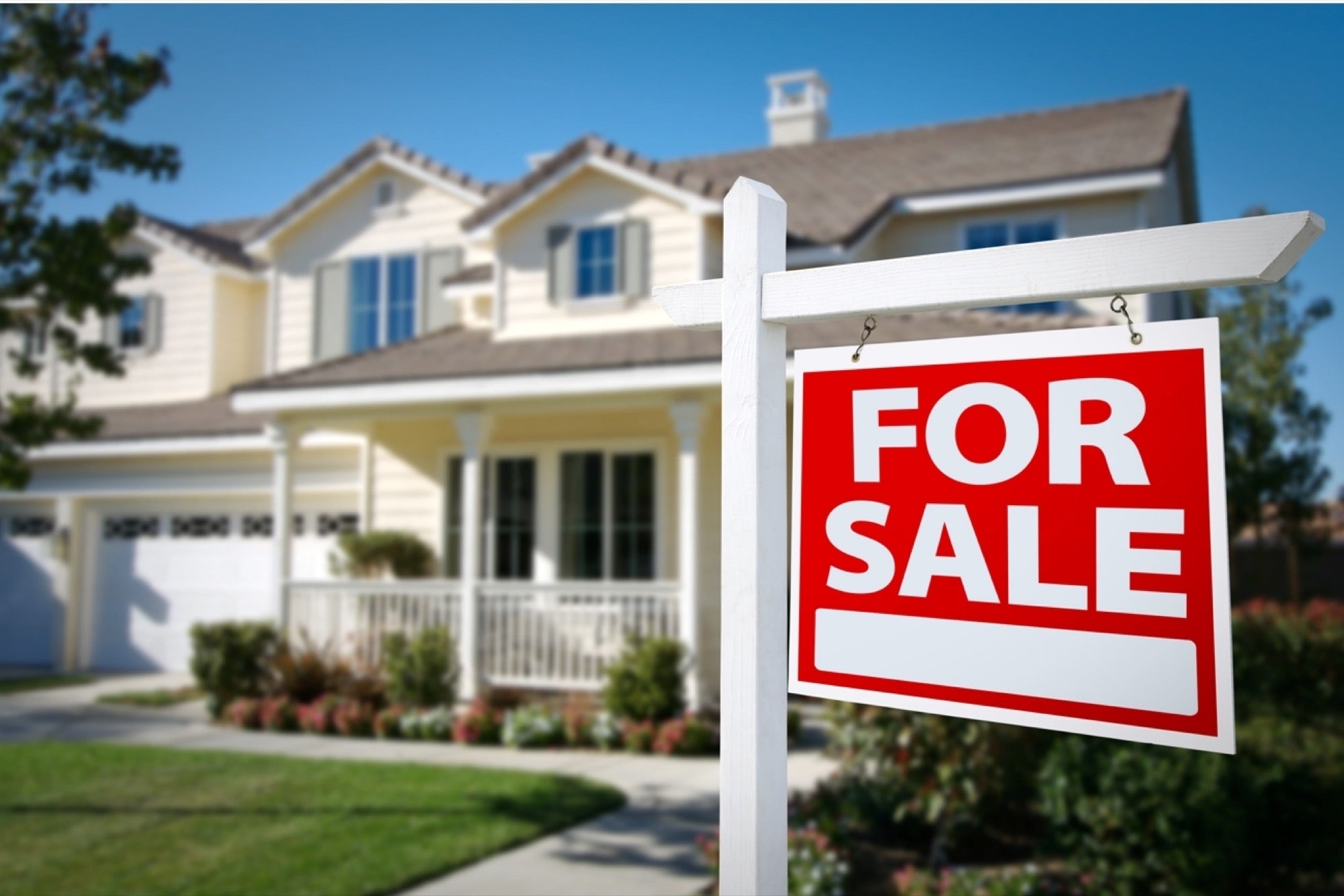The Future of Property: Fads and Opportunities to See
As the actual estate landscape progresses, it becomes progressively vital to recognize the emerging trends and opportunities that will certainly specify the sector in the coming years. With these characteristics at play, a closer exam of the adaptations and methods essential for success discloses interesting possibilities that could reshape investment approaches and market habits.
Technical Advancements in Realty
In recent years, the real estate industry has actually welcomed a wave of technological innovations that are changing typical methods. One of the most significant developments is the surge of big information analytics, which permits real estate experts to analyze market trends, anticipate residential or commercial property values, and recognize investment possibilities with unmatched accuracy.
Additionally, virtual fact (VR) and increased reality (AR) innovations are changing building advertising and marketing by providing immersive experiences for potential customers and renters. These tools allow clients to conduct digital scenic tours of homes, consequently streamlining the search procedure and enhancing client involvement. Moreover, blockchain technology is getting grip as a method to protect transactions and preserve clear documents, consequently reducing fraud and quickening the closing process.
Smart home innovations are also becoming significantly widespread, making it possible for homeowners to monitor and control their properties from another location (Real Estate Lockhart). Collectively, these technical innovations are improving the landscape of property, promoting a more effective, transparent, and customer-centric industry
Need for Lasting Qualities
As customers progressively focus on environmental obligation, the demand for sustainable homes has surged in the real estate market. This shift reflects a wider social fad towards sustainability, with capitalists and property buyers seeking buildings that minimize ecological effect while optimizing power efficiency. Functions such as photovoltaic panels, energy-efficient appliances, and lasting structure materials are now considered as important instead than optional.

Additionally, the increase of environmentally friendly communities, which prioritize walkability and accessibility to public transport, even more emphasizes this trend. These developments interest eco aware purchasers and promote a healthier way of life.
As the demand for lasting residential properties proceeds to rise, market stakeholders need to adapt to these expectations. By prioritizing and welcoming innovative methods sustainability, the property sector can not just meet customer need but also add to a more sustainable future.
Altering Buyer Demographics

Additionally, the aging population is reshaping need for real estate. Infant boomers are looking for scaled down residences that offer access and reduced upkeep, commonly favoring urban setups with nearby facilities. This change necessitates an emphasis on multi-generational housing options that accommodate differing requirements.
Additionally, social diversity is playing an essential function in genuine estate patterns. As these demographic shifts proceed to progress, actual estate specialists need to adjust their approaches to address the demands of these different buyers (Real Estate Lockhart).
Increase of Remote Work Effect
Significantly, the surge of remote job is changing the realty landscape, prompting significant shifts in buyer preferences and place options. As employees delight in the flexibility of functioning from home, numerous are reevaluating their household requirements, resulting in a rise popular for homes in country and country areas. This trend is mostly driven by the desire for even more sizable living environments that can suit home offices and a far better top quality of life.
Additionally, urban facilities, when the focal factor for purchasers, are witnessing a gradual decline in demand as people prioritize price and accessibility to nature. As a result, genuine estate programmers get more and financiers are shifting their focus towards properties that supply office areas, outdoor facilities, and closeness to vital services.
This progressing landscape necessitates a reevaluation of traditional market techniques. Actual estate professionals must adapt to the transforming preferences of customers, stressing the importance of way of life variables in their advertising and marketing techniques. Additionally, home builders are significantly prioritizing versatile flooring plans that accommodate the double needs of living and working, making certain that they remain affordable in a quickly transforming market. The effects of remote job on real estate are extensive, shaping future fads and possibilities.
Investment Opportunities in Emerging Markets
Investment possibilities in arising markets are continually standing out from investor looking for diversity and growth possibility. These markets, characterized by fast financial growth, enhancing urbanization, and an expanding center course, present special prospects for savvy capitalists. Nations in Southeast Asia, Africa, and Latin America are seeing substantial infrastructure enhancements and desirable government policies, which additionally boost their appeal.
Realty sectors such as property, home commercial, and logistics are experiencing increased demand because of city migration and advancing customer choices. Especially, cities like Ho Chi Minh City, Nairobi, and Medellín are becoming hotspots for investment because of their increasing economies and youthful demographics.
Investors ought to conduct comprehensive market analyses to identify key trends, such as shifts in population characteristics and financial security, which can affect residential or commercial property values. Furthermore, partnerships with regional realty firms can promote successful entry and navigating in these markets.
However, it's vital to be conscious of possible threats, consisting of political instability and governing obstacles. By considering these elements and adopting a long-lasting viewpoint, capitalists can effectively take advantage of the lucrative opportunities arising in these developing regions.

Verdict
In conclusion, the future of actual estate will be considerably affected by technical developments, an expanding emphasis on sustainability, and evolving buyer demographics. Browsing this transforming landscape will call for calculated partnerships and a keen understanding of market dynamics to exploit on the fads shaping the industry.
As the actual estate landscape advances, it comes to be increasingly important to comprehend the arising patterns and opportunities that will certainly specify the industry in the coming years. One of the most significant advancements is the surge of big information analytics, which allows genuine estate specialists to evaluate market trends, anticipate residential or commercial property values, and determine investment possibilities with unprecedented accuracy.As customers significantly prioritize ecological duty, the demand for sustainable properties has surged in the genuine estate market. The effects of remote job on actual estate are site profound, shaping future fads and possibilities.
Financial investment opportunities in emerging markets are constantly drawing in interest from genuine estate financiers seeking diversification and growth potential.